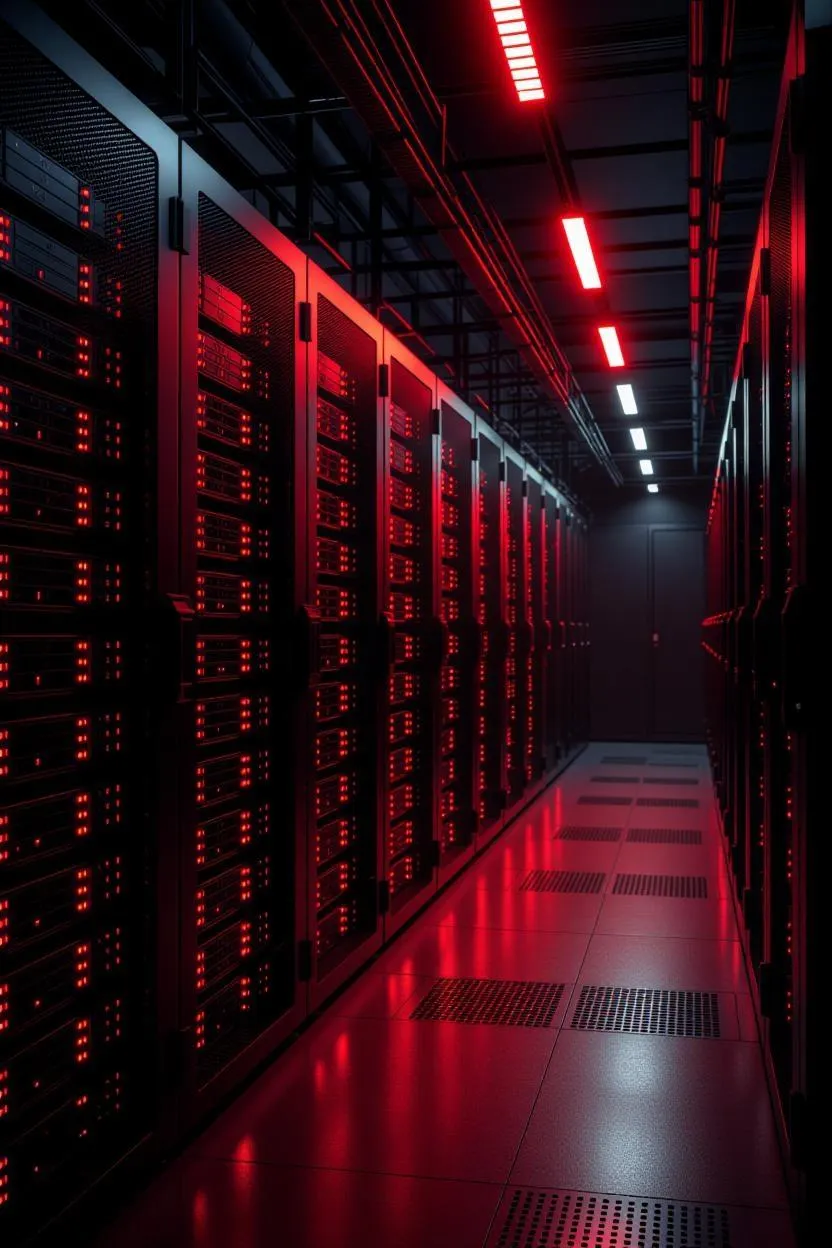
The AWS Outage and What It Means for AI Infrastructure
The AWS Outage and What It Means for AI Infrastructure
Monday's AWS outage exposed the Achilles heel of modern AI operations. When DNS failed in US-EAST-1 at midnight Pacific, it didn't just break websites. It broke the promise of resilient cloud infrastructure.
The Breakdown
The trouble started at 12:11 AM PDT on October 20. DNS resolution for DynamoDB API endpoints in Northern Virginia failed. What followed was a cascade failure affecting thousands of services globally.
The root cause turned out to be an internal monitoring system malfunction that disrupted how EC2 tracks customer usage. AWS throttled new EC2 launches to stabilize operations. Network Load Balancer health checks failed. Lambda functions threw errors. CloudWatch went dark.
The fix took hours. Full recovery wasn't declared until after 6 PM ET. By then, the damage was done.
AI Takes the Hit
Perplexity AI went offline immediately. CEO Aravind Srinivas confirmed the root cause was AWS. The AI search engine couldn't serve millions of users seeking answers. Other AI platforms relying on AWS compute faced similar disruptions.
This wasn't just about chatbots going quiet. Training runs halted. Inference endpoints failed. Model deployments stalled. Companies burning millions on GPU hours watched their infrastructure vanish.
Even OpenAI's services experienced SSO failures, preventing users from accessing ChatGPT and blocking developer APIs. When the backbone breaks, everyone feels it.
The Cloud Concentration Problem
AI workloads demand massive compute. EC2 instances run the GPUs. DynamoDB stores the vectors. Lambda orchestrates the pipelines. S3 holds the datasets. When any component fails, the entire stack collapses.
US-EAST-1 serves as a central control plane for global AWS services, including IAM updates and DynamoDB global tables. Even European workloads depend on Virginia for authentication and metadata. This architectural decision creates a single point of failure affecting systems worldwide.
The numbers tell the story. Financial platforms like Robinhood and Coinbase saw transaction disruptions. Productivity tools like Slack and Zoom slowed work across global teams. One region's failure rippled across continents.
The Vendor Lock-in Reality
Organizations whose resiliency plans include duplicating resources across multiple cloud platforms may feel smug, but that redundancy costs money. Most AI startups can't afford multi-cloud architectures. They pick AWS, Azure, or GCP and pray.
The outage revealed uncomfortable truths. Your disaster recovery plan assumes AWS works. Your failover strategy requires AWS to failover within AWS. Your business continuity depends on Amazon's engineers fixing Amazon's problems.
For AI companies, the dependency runs deeper. Custom AMIs, SageMaker endpoints, Bedrock integrations—these aren't portable. You can't just flip a switch and run on Azure.
Building Real Resilience
Smart organizations will extract hard lessons from Monday's chaos:
Diversify providers strategically. Run critical workloads across multiple clouds. Yes, it costs more. Yes, it adds complexity. But concentration risk costs more when it materializes.
Automate recovery ruthlessly. If humans need to intervene during outages, you've already lost. Build systems that detect, reroute, and recover without manual intervention.
Implement hybrid architectures. Keep some compute on-premise or at the edge. Not everything needs to live in US-EAST-1.
Monitor dependency chains. Map every external service your AI stack touches. Test what happens when each fails. Most companies discover terrifying dependencies during this exercise.
Cache aggressively. Store inference results locally. Pre-compute common queries. Reduce real-time cloud dependencies wherever possible.
The Bigger Picture
The AWS outage happened against a backdrop of unprecedented AI infrastructure investment. OpenAI and NVIDIA announced a partnership to deploy 10 gigawatts of systems—millions of GPUs representing the biggest AI infrastructure project in history. OpenAI also struck a deal with AMD for 6 gigawatts of computing power, hedging their bets on chip suppliers.
Oracle is building data centers for OpenAI with $40 billion worth of NVIDIA chips. Microsoft has invested $14 billion in OpenAI since 2019. The AI industry is pouring trillions into infrastructure that still depends on fragile foundations.
Meanwhile, new Biden administration export rules threaten to add regulatory complexity to AI chip distribution globally. NVIDIA's market share in China for datacenter GPUs reportedly fell to zero due to geopolitical restrictions. Supply chains fragment as demand explodes.
The Road Ahead
Monday's outage won't be the last. As AI workloads grow exponentially, infrastructure fragility becomes existential risk. Companies pouring billions into AI must invest proportionally in resilience.
The future belongs to organizations that treat infrastructure diversity as strategic necessity, not operational overhead. Those still betting everything on a single provider should remember October 20, 2025. When DNS fails in Virginia, your AI revolution stops.
Build redundancy before you need it. Automate recovery before disaster strikes. Diversify providers before concentration kills you.
Because in the AI age, infrastructure isn't just IT. It's everything.
Ready to build resilient AI and automation strategies that survive when the cloud fails? Learn how at contentfaucet.ai
<iframe src="https://claude.site/public/artifacts/20212f74-e8f8-4d22-a275-7786b16185df/embed" title="Claude Artifact" width="100%" height="600" frameborder="0" allow="clipboard-write" allowfullscreen></iframe>
